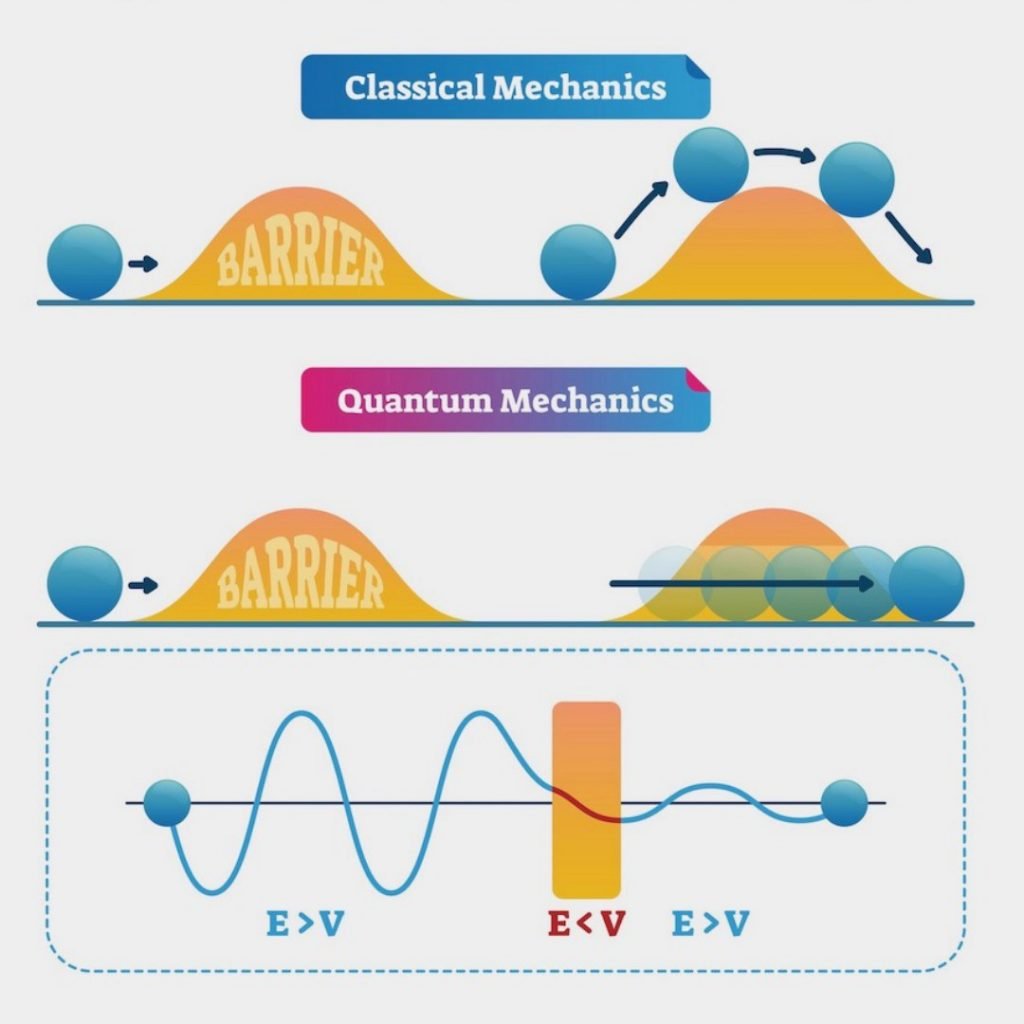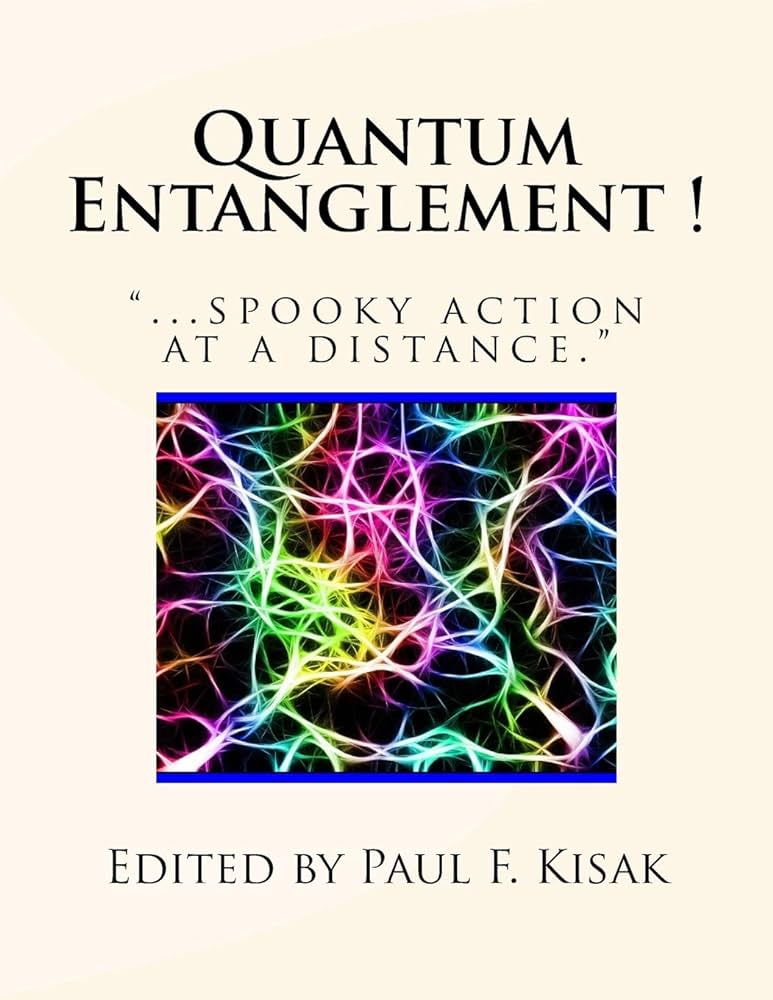Quantum Superposition: When Particles Exist in Multiple States
Quantum physics, often described as the science of the small, has a knack for confounding even the most brilliant minds. It ventures into a realm where the classical laws of physics crumble, and particles exhibit behaviors that defy intuition. One of the most enigmatic phenomena in quantum physics is “quantum superposition,” where particles can exist in multiple states simultaneously.
Imagine a particle, like an electron, being in two places at once or spinning in opposite directions simultaneously. It’s a perplexing concept that challenges our everyday understanding of reality. In this blog post, we will delve into the mind-bending world of quantum superposition, exploring what it is, how it works, and the profound implications it has for our understanding of the universe.
Understanding Quantum Superposition
At the heart of quantum superposition is the principle of wave-particle duality. According to this principle, particles such as electrons and photons exhibit both wave-like and particle-like properties. This means that they can be described not only as particles with definite positions but also as waves with a range of possible positions.
When a particle is in a state of superposition, it is essentially in a combination of multiple possible states simultaneously. These states are described by a mathematical construct called a wavefunction. The wavefunction assigns probabilities to each possible outcome, representing the likelihood of finding the particle in a particular state when measured.
Here’s where it gets intriguing: until a measurement is made, the particle exists in all of these possible states at once, with each state having a certain probability associated with it. It’s as if the particle is exploring all its potential realities simultaneously.
Schrödinger’s Cat: A Thought Experiment
To illustrate the bizarre nature of quantum superposition, let’s consider the famous thought experiment known as Schrödinger’s cat. This hypothetical scenario, proposed by physicist Erwin Schrödinger in 1935, involves a cat in a sealed box with a radioactive atom, a Geiger counter, a vial of poison, and a hammer.
In this setup, the radioactive atom has a 50% chance of decaying within a specific time frame, as predicted by quantum mechanics. If it decays, the Geiger counter detects it, causing the hammer to break the vial of poison, which kills the cat. If it doesn’t decay, the cat remains alive.
Now, according to the principles of quantum superposition, before anyone opens the box and makes a measurement, the cat exists in a superposition of two states: alive and dead. It’s as if the cat is both alive and dead simultaneously until observed.
The Role of Measurement
Quantum superposition introduces a profound philosophical question: What causes a quantum system to collapse from a superposition of states into a single, definite state? The answer lies in the act of measurement.
When a measurement is made on a quantum system, it “collapses” the wavefunction, forcing the particle to assume a specific state. In the case of Schrödinger’s cat, opening the box and observing the cat’s condition collapses its superposition into either a living or dead state.
This aspect of quantum physics has puzzled scientists and philosophers for decades. It raises questions about the nature of reality, the role of consciousness in quantum measurement, and the fundamental limits of our knowledge about the quantum world.
Quantum Superposition in Real Life
While Schrödinger’s cat is a thought experiment, quantum superposition has practical applications in the real world, especially in the realm of quantum computing and quantum cryptography.
Quantum computers harness the power of superposition to perform certain calculations exponentially faster than classical computers. They use quantum bits or qubits, which can exist in a superposition of 0 and 1 simultaneously, allowing for parallel processing of information.
In quantum cryptography, superposition plays a role in creating secure communication channels. Quantum key distribution protocols use the principles of superposition to ensure that any eavesdropping attempts would disturb the quantum states being transmitted, alerting the users to potential security breaches.
The Quantum World’s Mind-Boggling Possibilities
Quantum superposition challenges our classical intuitions about the nature of reality. It suggests that at the smallest scales of the universe, particles don’t conform to the either/or logic of classical physics. Instead, they inhabit a world of uncertainty and potentiality, where multiple outcomes exist until observed.
This opens the door to a host of mind-boggling possibilities. In quantum teleportation, for instance, particles can be “teleported” from one location to another by exploiting the phenomenon of entanglement, a closely related quantum phenomenon.
Furthermore, quantum superposition suggests that our perception of reality may be more malleable than we think. It hints at a universe where observation and measurement have a profound influence on the outcome of events, challenging our notions of determinism.
Conclusion
Quantum superposition is one of the most captivating and puzzling aspects of quantum physics. It invites us to reevaluate our understanding of reality and accept the idea that particles can exist in multiple states at once, only settling into one when observed.
As researchers continue to explore the mysteries of the quantum world, the implications of superposition are likely to become even more profound. It’s a reminder that the universe is far more mysterious and intriguing than we could have ever imagined, and our journey to understand it is just beginning.






